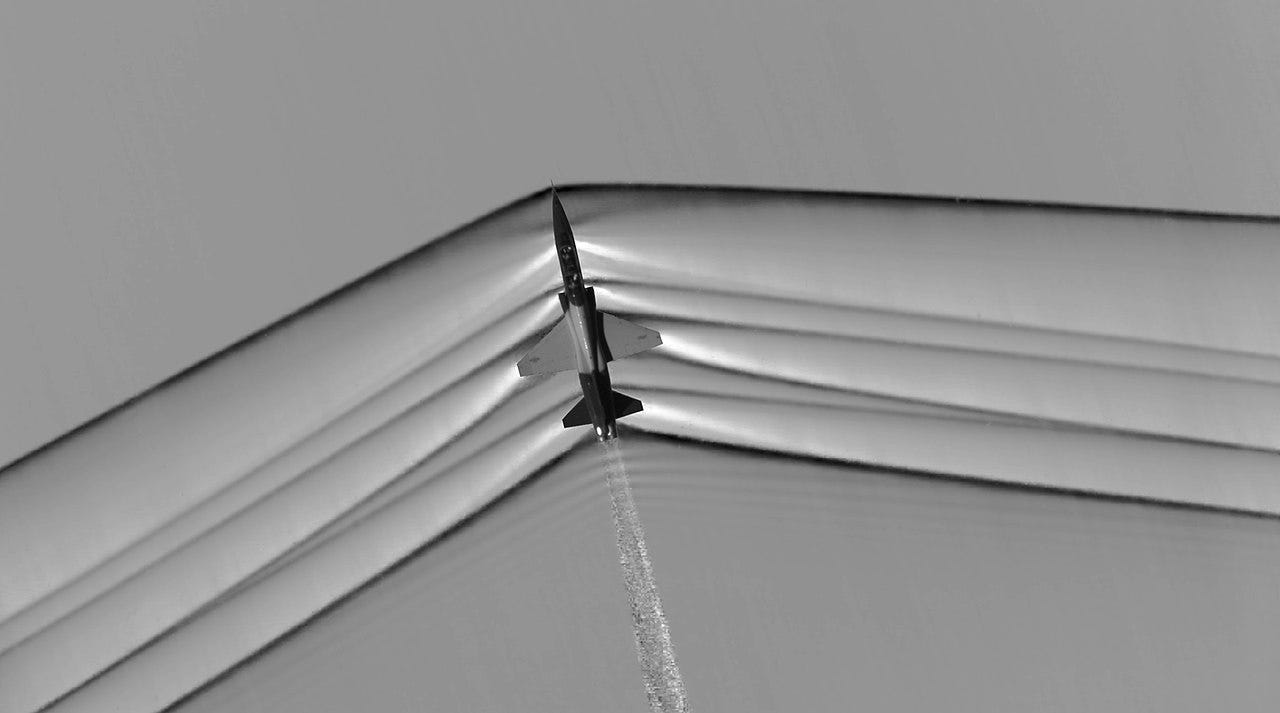The Potential of Supersonic Commercial Flight
Flight faster than the speed of sound has found many military applications. Once, civilian passengers could enjoy its benefits too. New advances are needed to make such flights profitable again.

Supersonic flight is sustained flight at speeds above the speed of sound, which is called Mach 1 and is roughly 1235 kilometers per hour, or 767 miles per hour. To date, only two commercial supersonic planes have ever been built and operated, the British-French Concorde and the Soviet Tupolev Tu-144. Concorde entered service in 1976 and flew regularly for Air France and British Airways until 2003, primarily on the London-New York and Paris-New York routes. Concorde, with its cruising speed of double the speed of sound (Mach 2), could fly the London-New York route in under three hours, which at typical subsonic speeds usually takes over seven hours.1 Like manned Moon landings, supersonic flight is a high-profile example of an advanced physical technology that used to have a social and economic niche in modern society, but no longer does.

